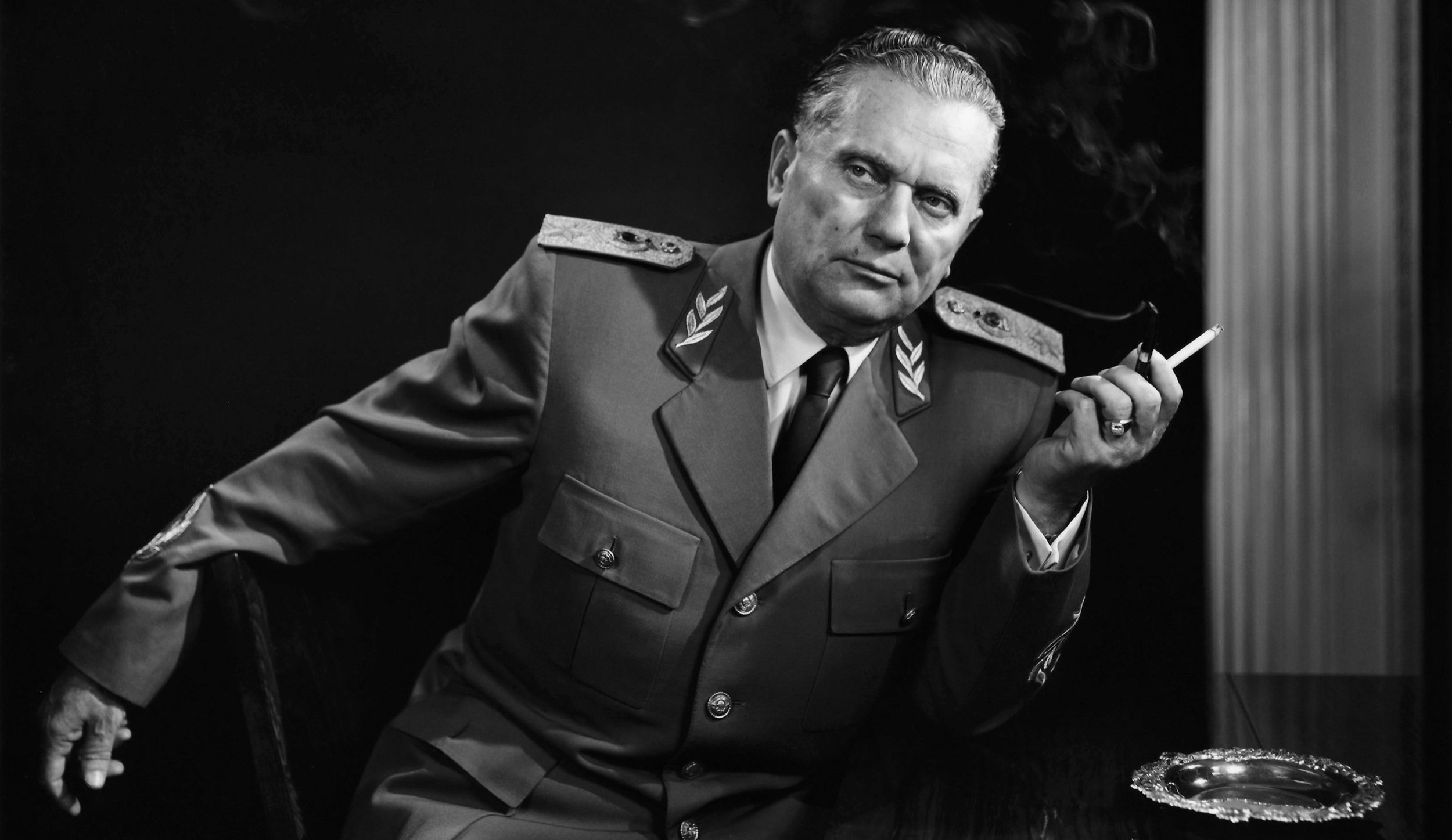The Maksimir Stadium Riot | Dinamo Zagreb v Red Star Belgrade, May 1990
To every football fan from Croatia or Serbia the 13th of May 1990 is a hugely significant day. For your average Croatian or Serbian non-football fan it is significant. It might not even be a stretch to say that to many people from any of the current countries that formerly made up Yugoslavia, the 13th of May 1990 is also quite a significant day.
Football often is much more than just a 90 minute game and the events of this day could not exemplify this more.
Yugoslavia after World War II
Before diving into the events of this specific day, a historical backdrop is necessary. So here is a very unceremonious summary of some Yugoslav politics post World War II.
Yugoslavia was occupied by German and Italian forces during World War II. Once the war ended a socialist state was established, made up of a federation of six republics - Bosnia & Herzegovina, Croatia, Macedonia, Montenegro, Serbia, and Slovenia. Josip Broz Tito served as President and he always championed a united Yugoslavia. Dissent and talk of independent nations was quashed, often by force.
Josip Broz Tito | Photo Credit
Tito died in 1980 and throughout the 1980s the Yugoslav economy struggled badly suffering from very high levels of inflation. This economic unrest added fuel to an already burning fire centred around ethnic tensions and the growing call for independence amongst most of the six republics.
Fast-forward to April 1990 and owing to the factors mentioned above, Croatia began holding their first local elections in over 50 years. The HDZ (Croatian National Party) won a majority and their stance was simple and clear - full Croatian independence from Yugoslavia.
These elections added to an already growing tension between neighbouring Croatia and Serbia. In short, Croatia wanted full independence from Yugoslavia, Serbia wanted a united Yugoslavia to remain.
The Yugoslav First League 1923 - 1992
The final piece of necessary history is in relation to on-the-field matters between Dinamo Zagreb and Red Star Belgrade. Just so it is clear, a very healthy sporting rivalry already existed between the two clubs. Even if you were to remove all of the politics, Dinamo and Red Star did not like one another.
Red Star’s trophy cabinet is far more impressive, collecting 18 Yugoslav First League titles and rarely finishing outside of the top three. They won the last ever three First League titles before the league was dissolved owing to the outbreak of war in 1992. And not to mention the small matter of Red Star winning the European Cup in 1991.
Red Star players celebrate winning the ultimate prize | Photo Credit
Whereas Dinamo, although competing for honours at the top of the league in the majority of seasons, ultimately won 4 First League titles. The last of these came in the 1981/82 season.
Games between the two, for the most part, were very competitive on the field. As the years progressed issues in the terraces began to raise their head in the form of fan violence. Sprinkle in the political and economic issues that were mentioned earlier and by 1990 Dinamo Zagreb v Red Star Belgrade fixtures were a stick of dynamite waiting to be lit.
The Delije & Arkan
The game was scheduled - Dinamo Zagreb v Red Star Belgrade at the Maksimir Stadium in Zagreb in the Yugoslav First League.
According to reports the tone for the day was set early on when somewhere between 2000-2500 (the exact number is debated) Red Star fans arrived by train from Belgrade into Zagreb. There were skirmishes reported around the city anywhere the Red Star fans went. The large group was led by their ultras group the “Delije”, who in turn were led by the infamous Željko Ražnatović, more commonly known as “Arkan”.
Arkan is a very well known name across all of the former Yugoslav nations. Throughout the 1980s and early 1990s he was the leader of the Delije. However, that all changed with the outbreak of the war. Arkan then became the leader of the Serbian paramilitary group the Serb Volunteer Guard.
Arkan’s Tigers during the war. Arkan himself is the unmasked man | Photo Credit
The group were responsible for committing war crimes across Yugoslavia during the war in the 1990s and they developed the nickname “Arkan’s Tigers”. As was the case with many ultras and hooligan groups across Yugoslavia at the time, many men swapped the terraces for the battlefield and many members of Delije joined Arkan’s Tigers.
This action was mirrored by members of Dinamo Zagreb’s “Bad Blue Boys” with the outbreak of the war. We will come back to the Bad Blue Boys shortly.
Arkan himself was shot dead in a hotel in Belgrade in 2000.
The Bad Blue Boys
Back to May 13th 1990 and the Red Star Belgrade fans had made their way to the away section at the Maksimir Stadium. As kick-off approached pro-Serbian and anti-Croatian chanting escalated into rock throwing, skirmishes with police and eventually a break-out from the away section into the main stand of the stadium. The main stand was seen as the “family section” of the Maksimir Stadium which contained thousands of Dinamo Zagreb fans, many of whom were women and children. Enter the Bad Blue Boys…
The Bad Blue Boys are Dinamo Zagreb’s answer to the Delije. They were (and still are) Dinamo’s largest ultras group, numbering in the thousands. Founded in 1986, as a group they were in favour of Croatian independence and therefore fundamentally disagreed with pretty much everything the Delije and other pro-Yugoslav Serbs stood for.
The Bad Blue Boys at the Maksimir Stadium in 2018 | Photo Credit
Once the Red Star fans broke free from the away section and into the main stand the Bad Blue Boys then began to attempt to leave their section to go meet them, which of course led to clashes with police.
About 10 minutes before kick-off was due to happen the Bad Blue Boys made it onto the pitch. The chances of a game of football actually taking place had disappeared and the match officials and most of the players quickly disappeared down the tunnel. The entire stadium had become a battleground between the police, the Bad Blue Boys and the Delije. The Maksimir Riot was in full swing.
The Zvonimir Boban Kick
The Maksimir Riot of course captured worldwide attention for a whole host of reasons, but there is one image that stands out as truly iconic. Zvonimir Boban, the captain of Dinamo Zagreb, had remained out on the pitch as the fighting began to spill out of the terraces. Boban witnessed, what he deemed, as the police being over-zealous in beating a Dinamo fan with a baton as he lay on the pitch. Boban took action.
He ran over and kicked the policeman who had been attacking the fan, knocking him to the ground. This action was caught by the TV cameras and it led Boban to be lauded by all Croatians as a national hero and a patriot in his actions against what many saw as pro-Serbian police. The image is famous and for many Croats was a key moment in time towards their independence.
Boban received a six-month ban from the Yugoslav FA for his kick, meaning he actually went on to miss the 1990 World Cup in Italy. Rather surprisingly he did go on to represent Yugoslavia again once his ban was up. He went on to have a successful ten-year spell with AC Milan and also went on to represent Croatia once they joined UEFA as a new independent nation.
The Aftermath
Over sixty people were seriously injured at the Riot, with injuries ranging from being shot, stabbed, beaten, trampled and from tear gas. Miraculously nobody was killed inside the stadium that day. A countless number of arrests were also made.
The political fallout was huge. A lot of finger-pointing and theories also began to develop.
For example, many Croats believe that the riot was totally orchestrated by the Yugoslav government, the police and the Delije. Why? To destabilise the HDZ who had locally just been elected to power and to show them up as weak leaders who were not able to control matters in their home city.
There are also unconfirmed reports that the police that day “went easy” on the visiting Red Star fans and instead focused their attention on making sure the Dinamo fans behaved. This ties in with the narrative that the police, controlled by the central Yugoslav government at the time, would side with the pro-Yugoslav Red Star fans who were there that day.
None of these theories have ever been officially proven, instead they just add more intrigue and debate into an already momentous day.
When researching the Maksimir Stadium Riot online, many outlets lead with the idea that it was the spark that started the Yugoslav wars. Undoubtedly it was another major event along the path to war in Yugoslavia, but it was not a watershed moment that sparked a mass call to arms in Croatia and Serbia. There were other football-related events that were seen as hugely political after the Maksimir Riot, but before war actually broke out.
In June 1990 a largely Croatian crowd booed the Yugoslav anthem before an international game. In September 1990 fans of Croatian side Hajduk Split burned a Yugoslav flag and chanted for Croatian independence during a game in Split. Football undoubtedly played its part in highlighting the political divisions and stoking the flames of war, prior to the official outbreak of the war in March 1991.
As mentioned previously, large ultras and hooligan groups such as the Delije and the Bad Blue Boys swapped the terraces for the battlefield and many fought and died in the Yugoslav wars. There is a plaque outside the Maksimir Stadium that remembers the Riot and all Dinamo Zagreb fans who died in the struggle for Croatian independence. Commemorations are held at the stadium every May 13th.
The war memorial outside the Maksimir Stadium | Photo Credit
The Maksimir Riot was not the sole event that started the war in Yugoslavia. Instead it acted as another step on the path to war, as well as highlighting the divisions within Yugoslavia at the time to a larger audience.
Football and politics are, always have been and always will be, intrinsically linked. The Maksimir Riot in Zagreb exemplifies this perfectly. By 1990 the foundations of Yugoslavia were crumbling and as always, attitudes, opinions and expressions from football terraces mirrored what was going on politically in the region at the time.
A special mention must go to a very particular Twitter thread by Dario Brentin. This thread lays out all of the facts of the day, the theories, links to reliable article and links tp primary video footage of the day. Follow Dario for any sport and political news in the Balkan region.






